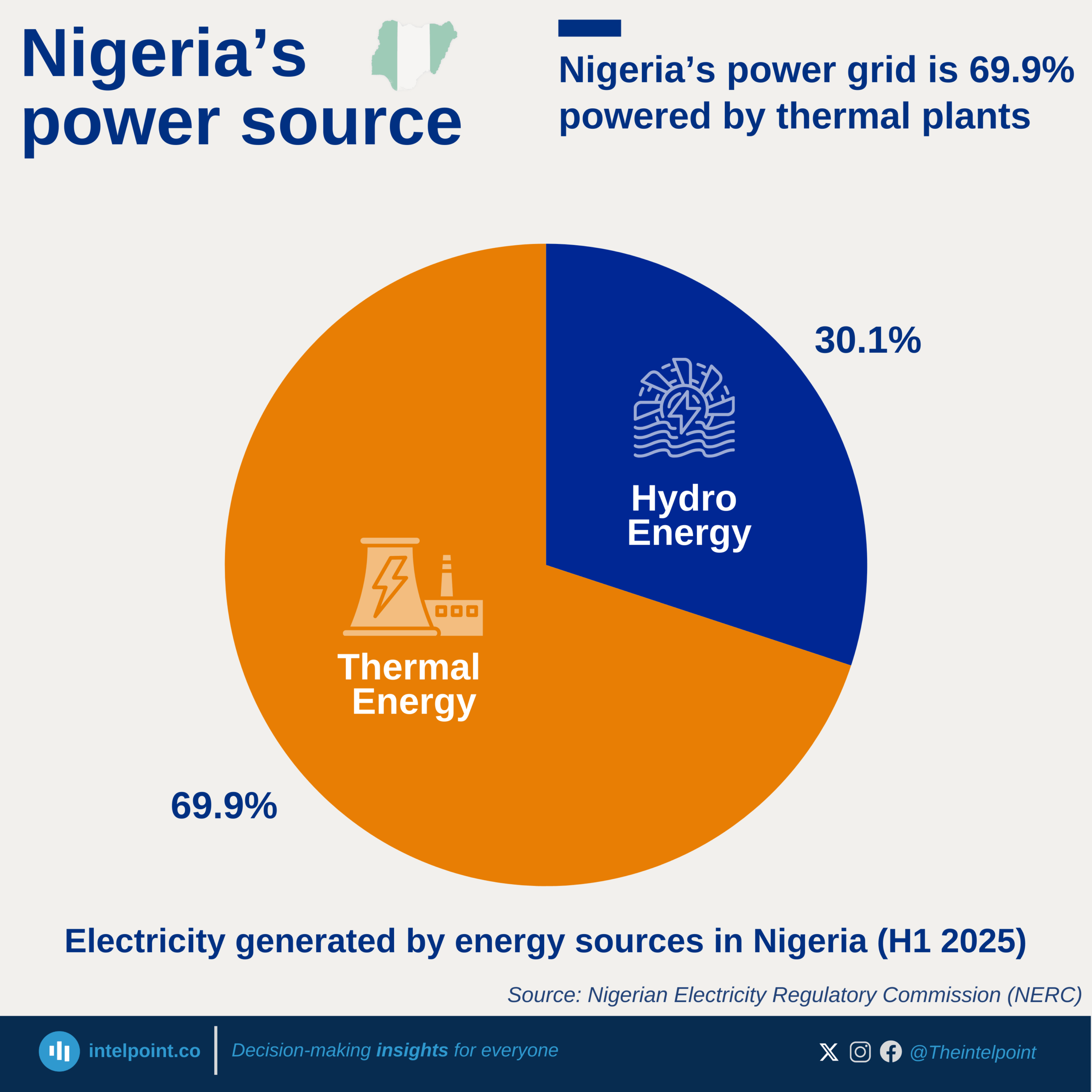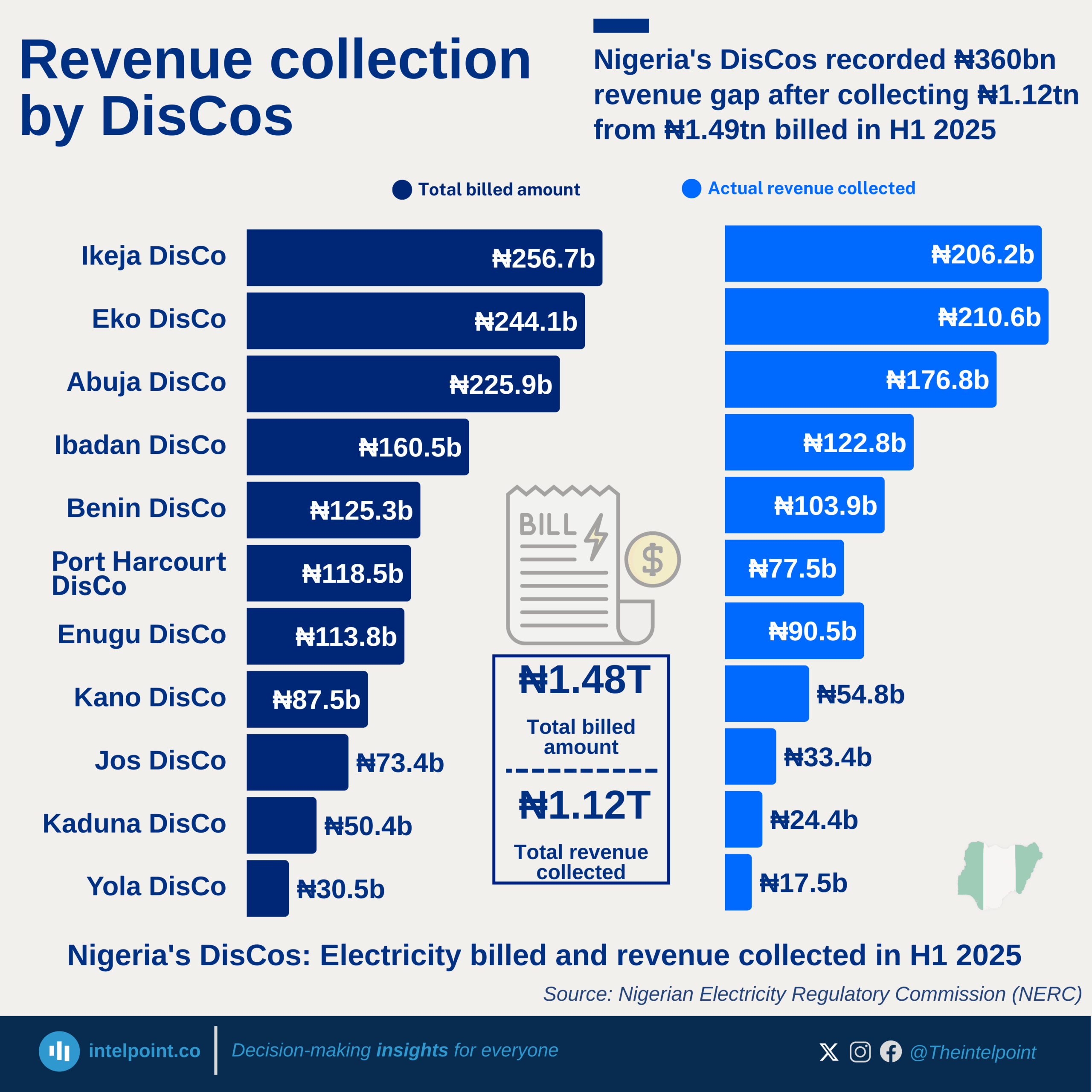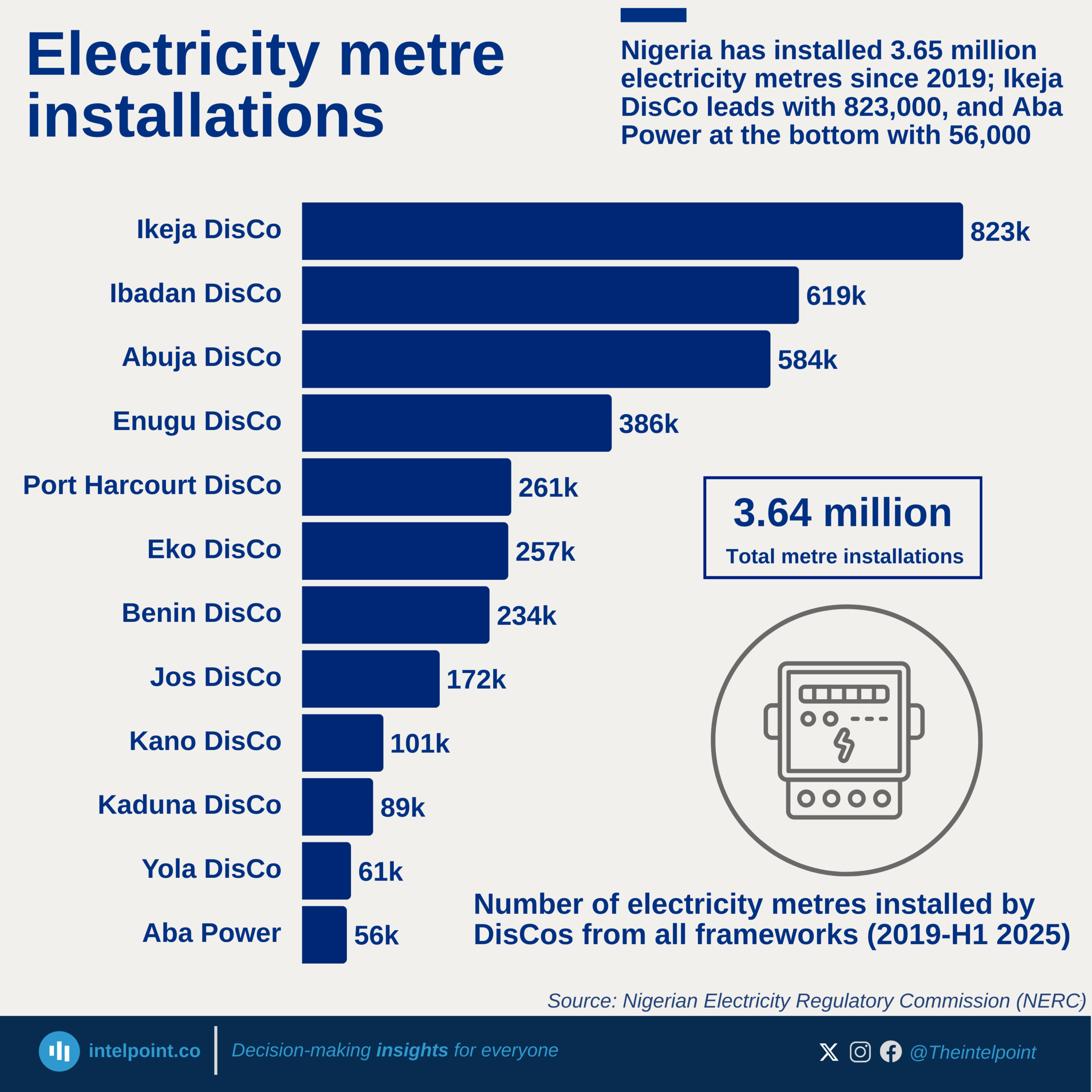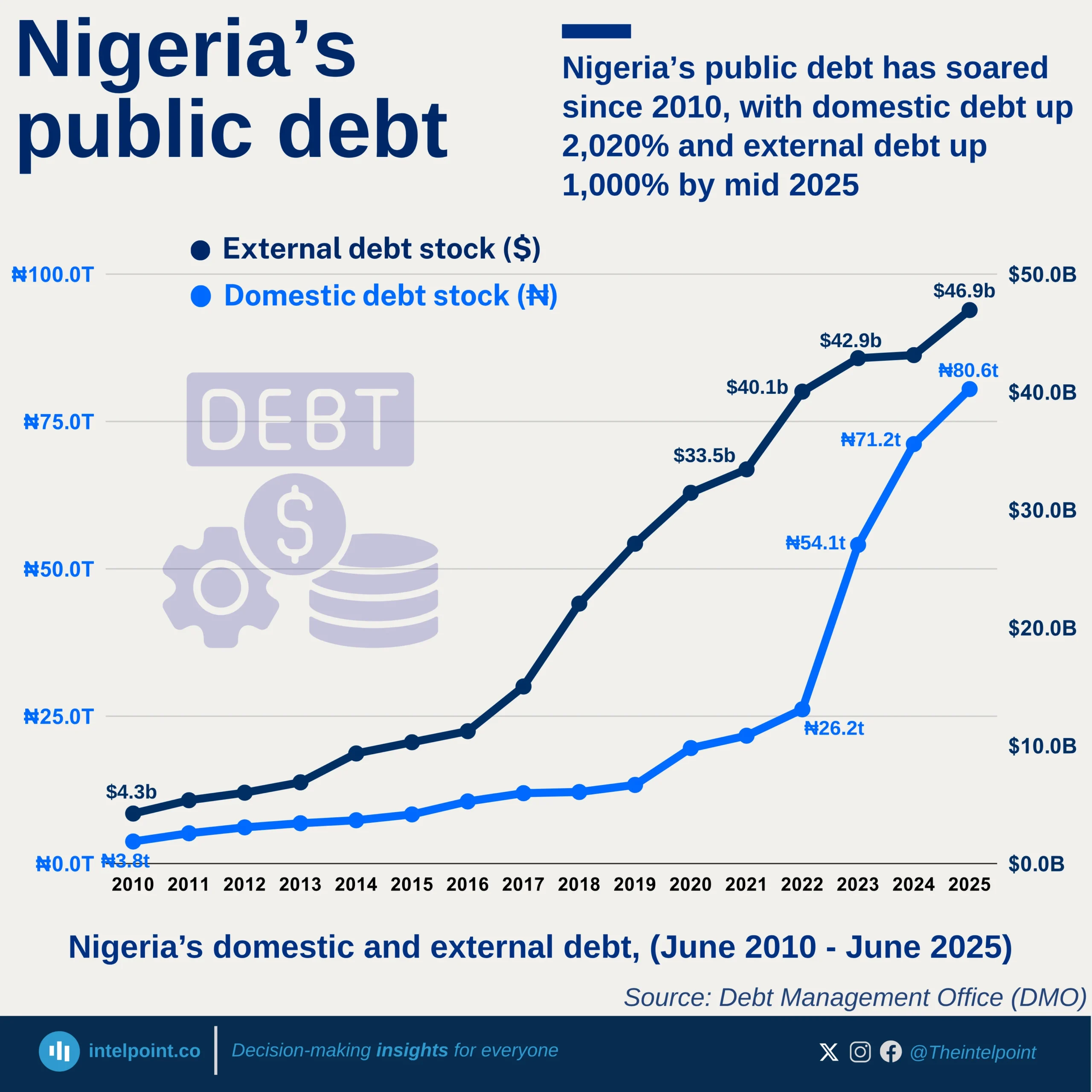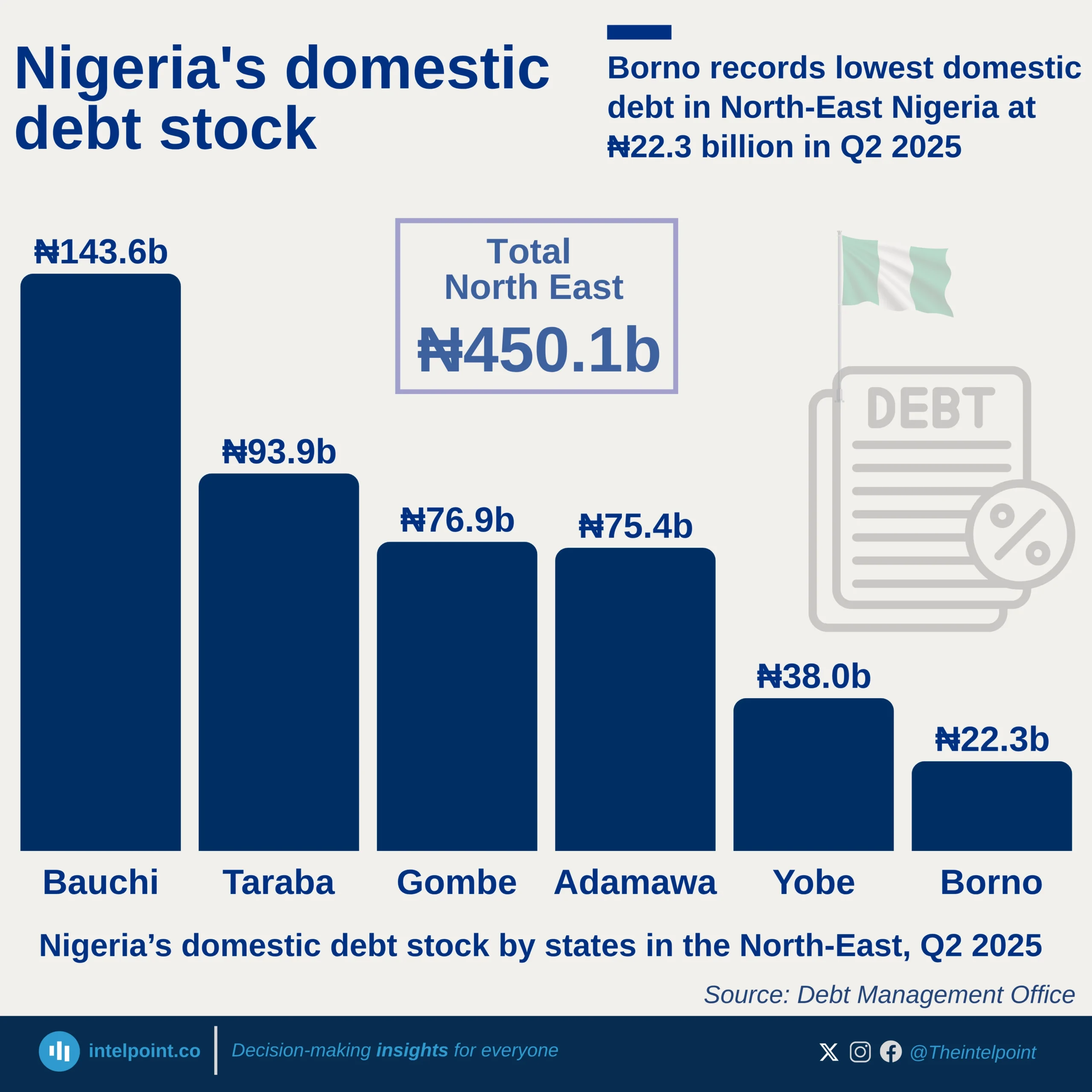Key Takeaways:
Nigeria’s industrial goods sector showed marked improvement in 2024, with the majority of listed companies reporting stronger Earnings Per Share (EPS). Meyer Plc emerged as the top performer with an EPS of ₦59, while Beta Glass delivered the most substantial growth, more than doubling its 2023 figure to reach ₦22.71. Cement producers also recorded solid results, led by Dangote Cement with an EPS of ₦29.74, reflecting continued strength in the sub-sector.
Lafarge Africa, CAP Plc, and Berger Paints contributed to the sector’s positive momentum with positive year-on-year growth. Notore Chemical Industries, though still operating at a loss, significantly narrowed its negative EPS, pointing to a gradual operational recovery. Meanwhile, Austin Laz & Co reported a flat EPS for the second consecutive year.
